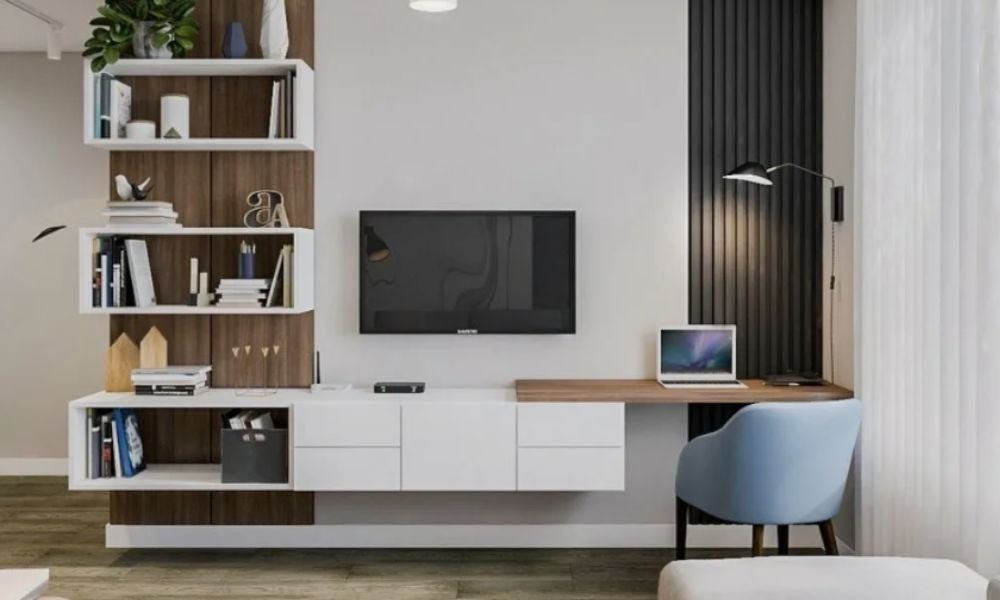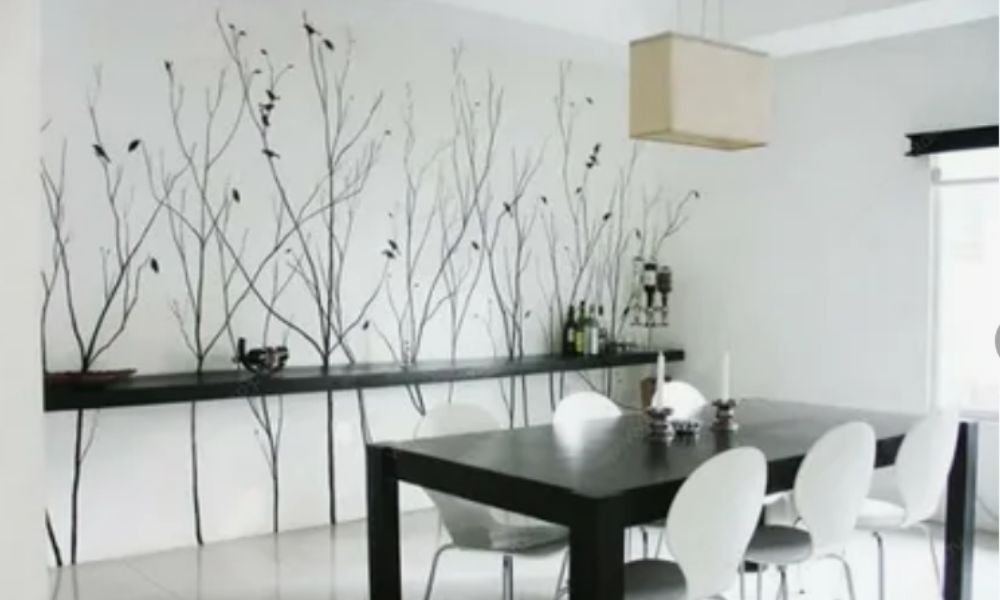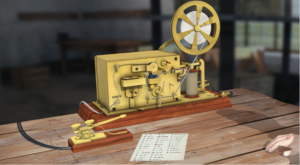TV Stand : The Ultimate Guide to Choosing the Perfect Entertainment Center
A TV stand is more than just a piece of furniture; it is the focal point of your entertainment setup. Whether you are looking for a functional stand for your living room or an aesthetic addition to your home decor, choosing the right TV stand is crucial. In this guide, we will cover everything you need to know to make the best choice.
Why a TV Stand is Essential for Your Home
A TV stand serves multiple purposes, from providing support for your television to offering storage for media equipment, gaming consoles, and decorative items. The right enhances the overall look of your living space while keeping cables and accessories organized.
Types of TV Stands
1. Entertainment Centers
These large units are perfect for homes that need extra storage. They often include shelves, cabinets, and even built-in lighting.
2. Corner
Designed to fit snugly in corners, these stands are ideal for small rooms where space optimization is crucial.
3. Wall-Mounted
These sleek and modern designs save floor space and offer a minimalistic look.
4. Swivel
Equipped with a rotating base, these allow for adjustable viewing angles.
5. Floating
Mounted on walls, these offer a contemporary aesthetic and keep the floor clutter-free.
6. Cabinet-Style
Featuring doors and drawers, these stands help conceal electronics and accessories for a clean appearance.
Factors to Consider When Choosing a
1. Size and Compatibility
The TV stand should be the right size for your television. Ensure it can support the weight and dimensions of your TV without overhanging.
2. Material and Durability
TV stands come in various materials, including wood, metal, and glass. Choose one that complements your interior design and offers durability.
3. Storage Needs
Consider the number of devices and accessories you need to store. Look for shelves, cabinets, and cable management features.
4. Design and Aesthetic Appeal
Select a style that matches your home decor, whether it is modern, rustic, industrial, or classic.
5. Cable Management
A good TV stand should have built-in cable management solutions to prevent messy wires.
6. Mobility and Adjustability
If you frequently rearrange your room, consider a TV stand with wheels or an adjustable mount.
Best Materials for TV Stands
1. Wood
Offers a classic and durable design, available in various finishes like oak, walnut, and cherry.
2. Metal
Modern and industrial metal stands provide excellent strength and longevity.
3. Glass
Gives a sleek and contemporary appearance but requires careful maintenance.
4. MDF (Medium-Density Fiberboard)
An affordable alternative to solid wood, MDF provides a stylish look at a lower price.
How to Set Up Your TV Stand for Maximum Efficiency
1. Positioning and Placement
Place your TV stand at eye level to prevent neck strain. Ensure it is centered in the room for the best viewing experience.
2. Organizing Media Equipment
Store gaming consoles, speakers, and streaming devices neatly within compartments.
3. Hiding Cables
Use cable organizers, clips, or built-in management systems to keep wires out of sight.
4. Adding Decorative Elements
Enhance the look by placing books, vases, plants, and artwork on shelves.
Top TV Stand Brands to Consider
- IKEA – Affordable and stylish options.
- Walker Edison – Modern and functional designs.
- Sauder – Classic wooden finishes.
- Ameriwood Home – Budget-friendly choices.
- Bell’O – High-end luxury options.
TV Stand Maintenance Tips
1. Cleaning
Use a soft cloth and appropriate cleaners for wood, glass, or metal surfaces.
2. Avoiding Overloading
Do not exceed the weight limit specified by the manufacturer.
3. Regular Inspections
Check for loose screws or wobbly legs to ensure stability.
Where to Buy the Best
You can find high-quality TV stands at online retailers like Amazon, Wayfair, Walmart, and Best Buy, or visit local furniture stores for in-person selections.
Final Thoughts
Choosing the right TV stand enhances your entertainment experience while adding style and functionality to your space. Consider factors like size, material, storage, and design before making a purchase.
Share this content:













Post Comment